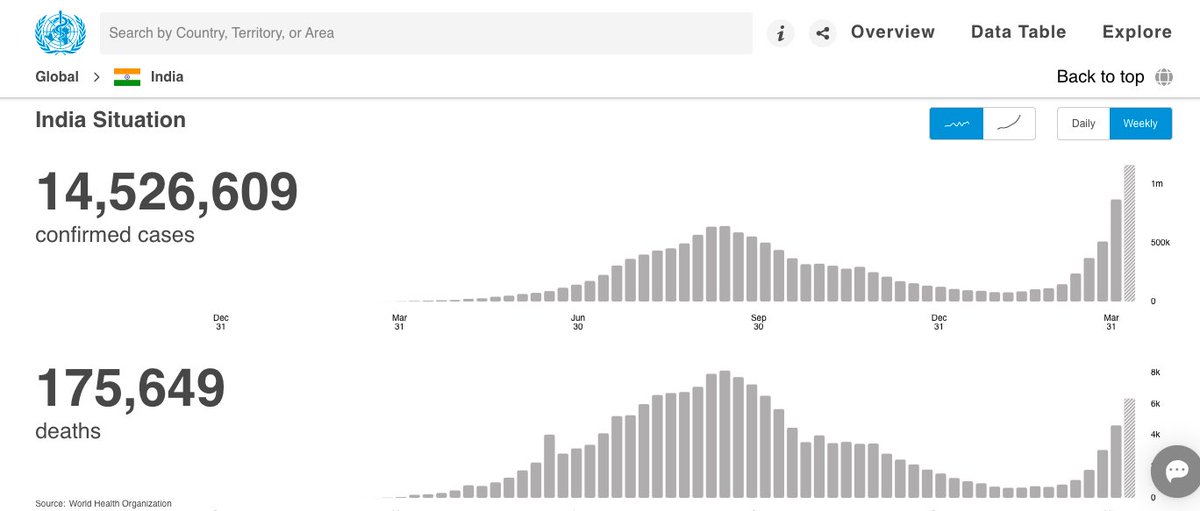
The worst of the second wave of #COVID_19 seems to be behind us in India. Here are some random thoughts… 

Let’s face it – the second wave caught all of us by surprise by the sheer ferocity with which it unleashed itself. The inadequacies and frailties of our healthcare systems lay exposed. After nearly three months of helplessness, we are limping back to some semblance of control.
The key for our immediate future and that of our children is how we handle the next few months. For starters, we are not yet out of the woods with the second wave
While 50,000 new cases/day seems low compared to >400,000 in May, it is still >50% of the first wave’s peak; and with >1300 deaths a day, we are higher than the peak of the first wave 

We’re not short of predictions from various sources about how this will pan out, but let me emphasize that at worst, these are astrology, and even at best, these are all predictions - all based on numerous random assumptions, highly fraught with the likelihood of being inaccurate
We’ve had projections that the next wave will hit children the most, some which say that it will be milder while some predict a worse wave than the second. As we’ve learnt over the last 18 months, these predictions are rarely right
They are rarely right not because scientists making these projections are frauds, but because they are based on too many assumptions, and relying entirely on these is unwise. So what can we do now? Rather than futile attempts at prediction, prevention and preparedness are key
By preparedness, we need to be nimble in our responses to daily (and often hourly) changes in the way the pandemic has behaved. We need to ensure that we don’t suffer from the problems we had with the second wave – oxygen, hospital beds, and avoiding non-evidence-based treatment
We need open, transparent data so that we plan our responses & divert resources to regions that need them the most. The 2nd wave has brought in a lot of resources & rapid ways of transferring them to those most at need. But we need reliable data to guide this effort
But the bottomline still remains efforts at breaking the chain – prevention of transmission. What we are seeing on the streets is pandemic fatigue and carelessness – no masks, or incorrectly worn masks, no physical distancing. This could have disastrous consequences
At the risk of offending several groups, let me emphasize that COVID appropriate behaviour should be agnostic of any religious, social or political leanings. #SARSCoV2 respects none of these.
However frustrated and fatigued we are with #COVID_19, we just can’t let our guard down.
And here, I’m afraid there are no magic bullets. It’s back to the basics – the 3+1 Ws – Wear a mask, Watch your distance, Wash your hands, and (with some poetic license) Waccinate yourselves
And here, I’m afraid there are no magic bullets. It’s back to the basics – the 3+1 Ws – Wear a mask, Watch your distance, Wash your hands, and (with some poetic license) Waccinate yourselves
• • •
Missing some Tweet in this thread? You can try to
force a refresh








